Just the Math

The reproductive health of women and girls—particularly their ability to access modern contraception—is a critical factor for improving their lives and overall well-being. Preventing unintended pregnancies reduces maternal and infant deaths, decreases unsafe abortions, and allows many adolescent girls to continue their education. Access to and use of contraception also gives women control over their sexuality and reproduction, which results in a healthy, productive life.

“Before joining Ek Saath, I saw my wife as an animal with no free will. It never occurred to me to consider her desires. If I wanted sex, I would force her. Now I know that is not right.”
Ek Saath, which means “together,” is an initiative of PAI partner, SAHAYOG. The program is implemented through small community-based organizations, engaging men in rural communities to address harmful gender norms, reduce gender-based violence and foster shared responsibility for family planning among men and women.
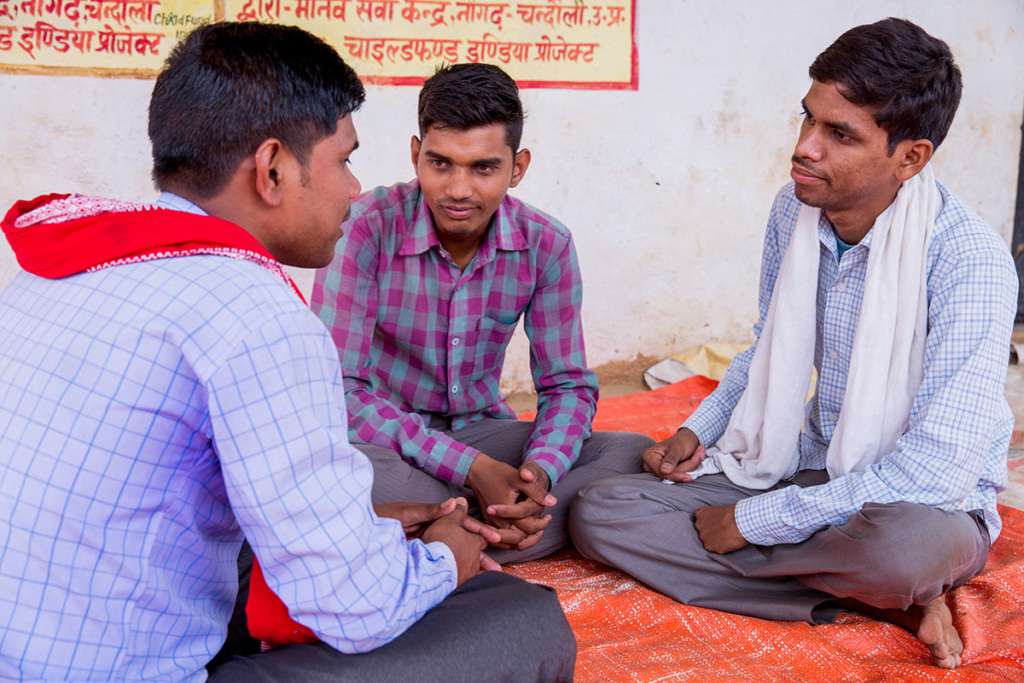
While community health volunteers called ASHAs provide contraceptive counseling and supplies as well as information on child nutrition and immunization to women in Chandoli, gender norms often make it taboo for them to discuss these issues with husbands. As a result, men often lack information about family planning and see little role for themselves within it. Ek Saath provides a space for men to learn from their peers about contraceptive methods available to women, and also about condoms and vasectomies.

Listening to the men’s stories and their perceptions is difficult, but increasingly, the program’s name takes on deeper significance. It is clear that—in addition to the provision of health-related information—consent, communication and collaboration are the bedrock of Ek Saath’s transformational approach.
It is paying dividends. Perhaps the only thing more shocking than the harmful gender norms and practices previously espoused by members of this men’s group is how quickly they are dismantled through involvement with Ek Saath. As one young husband explains:
“I always felt like my in-laws saw me as too poor to be married to their daughter, so I felt hurt and embarrassed. Whenever we visited them, my wife and I would quarrel and sometimes I would hit and abuse her, too. But once I joined Ek Saath, I learned that there are four types of violence—mental, sexual, physical and economic. I started to change myself from that day onwards and stopped hitting and misbehaving with my wife completely.”
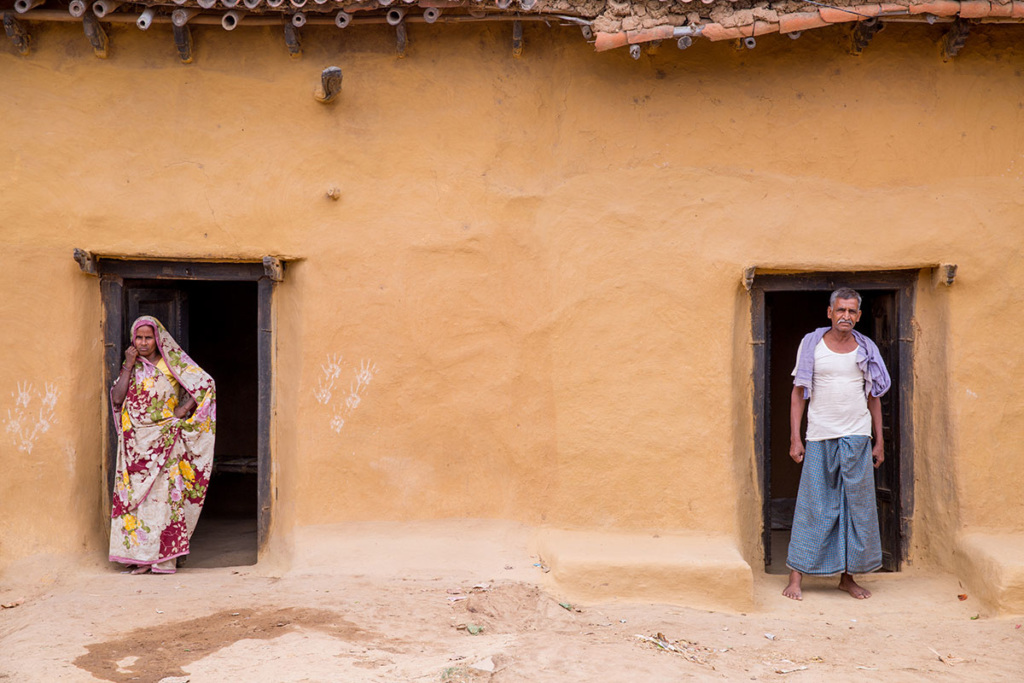
The prevalence of all four types of violence in communities with entrenched patriarchal gender norms points to the difficulty of addressing health needs in a vacuum. Like many communities in India, household decision-making in this Chandoli village is controlled almost exclusively by men. Women and girls experience intersecting forms of discrimination and violence, which undermine their bodily autonomy and violate their human and sexual and reproductive health and rights. These violations have direct effects on health. For example, where there is sexual violence, discussion of contraception or child spacing can be unfeasible, leading to unintended pregnancies, increased risks for sexually transmitted infections (STIs), maternal morbidity and mortality and unsafe abortion.
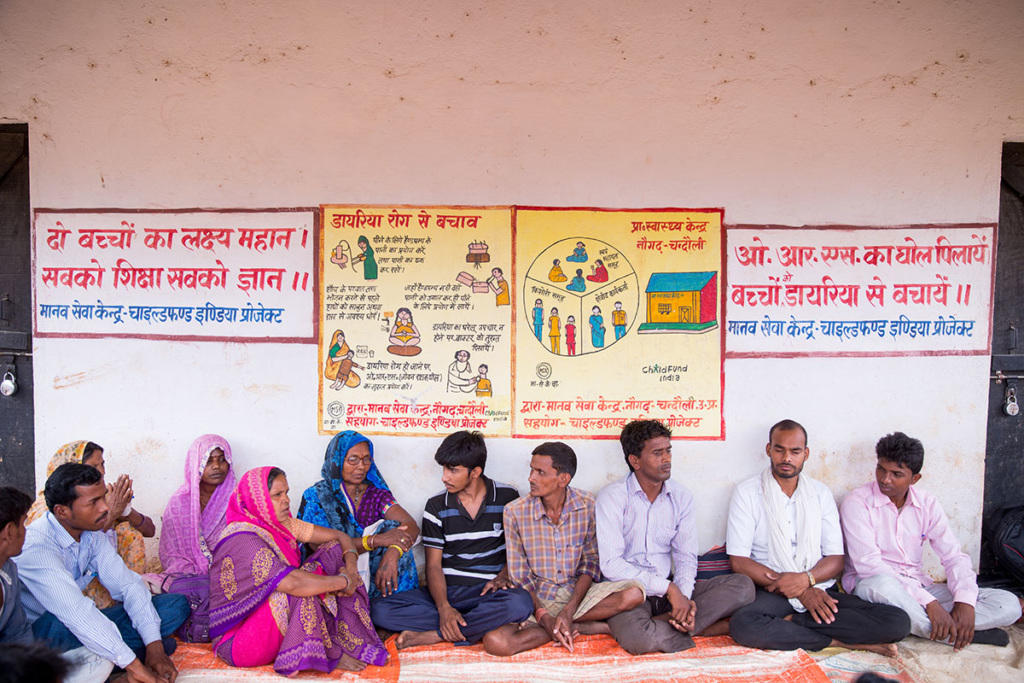
All of these threats are combined with unequal distribution of labor within households. In Chandoli, women bear responsibility for all household chores, child care, the collection of water as well as farming and rearing of livestock. It is no wonder that so many of the discussions among the men in the Ek Saath group focus on taking on more responsibility for household work. For women and girls, the right to free time is proxy for the right to time to seek health care, time to pursue education and employment, and time to make their own decisions about child bearing.
“My wife and I had five children in three years because we didn’t know about family planning,” reflects a lanky man with a thick shock of hair. “I realized my wife was overstretched. She had no time between caring for the children and housework. The children were also cranky and acting up. So, I started taking more of an active role with them and helping around the house. Now our relationship as a family has improved. My children love me more and trust me to take care of them even when my wife is out.”
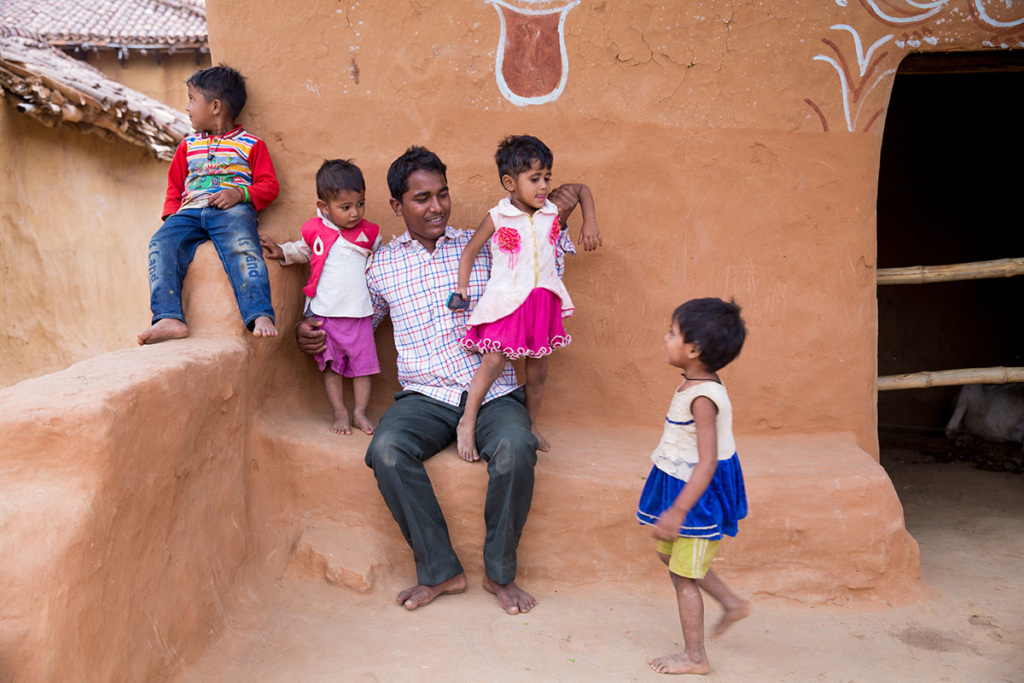
The positive effect of increasing involvement in their children’s lives is perhaps one of the reasons it has been relatively easy for so many men in Chandauli to abandon their old ideas. Involvement in Ek Saath has unearthed the deep isolation many men felt from their families. Ek Saath is providing a model not only for engagement with their own children, but with their fathers as well. Says one group member named Azad:
“Earlier, I didn’t want to do any household work, but after I had kids, I realized I had to help my wife. I started helping with chores and with cooking. My chapatis look like the map of India, but I am getting much better,” he chuckles. “My parents appreciate the change in me and my son helps a lot. I am delighted to see that my father now also does his bit to help my mother by cleaning the house.”
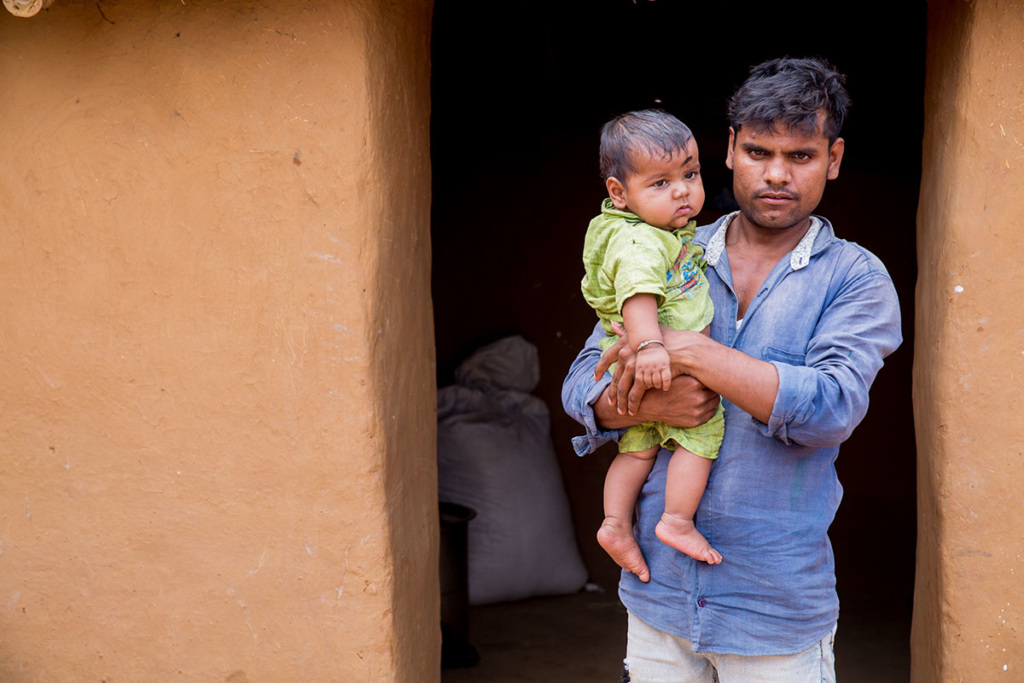
These improvements are not without their tensions. Most families in Chandoli have low incomes and many belong to the Dalit caste, which continues to face deep discrimination—including within the health system. As a result, there is a long tradition of activism among older women, especially to improve maternal health. Premavati and Payaari, who are among the matriarchs, welcome the changes Ek Saath has brought, but are a bit … well … miffed by all the excitement over the men.
“I’m glad they’re on board, but women have been taking center stage for the last 10 to 12 years. We saw the conditions mothers were facing and we have gone to the facilities in Chandoli and Lucknow and even met with the health minister,” says Premavati. She points to a young man in a pale blue shirt who is holding his son in his lap. “Back then, even my son would hit me and taunt me and say I am wasting my time.”
Her son nods wistfully, “I didn’t understand that she was fighting for the rights of others. I just thought she was fighting everyone. Now I respect what she is doing.”
Overall though, the women are hopeful about improving the health of the community and bringing men and women together.
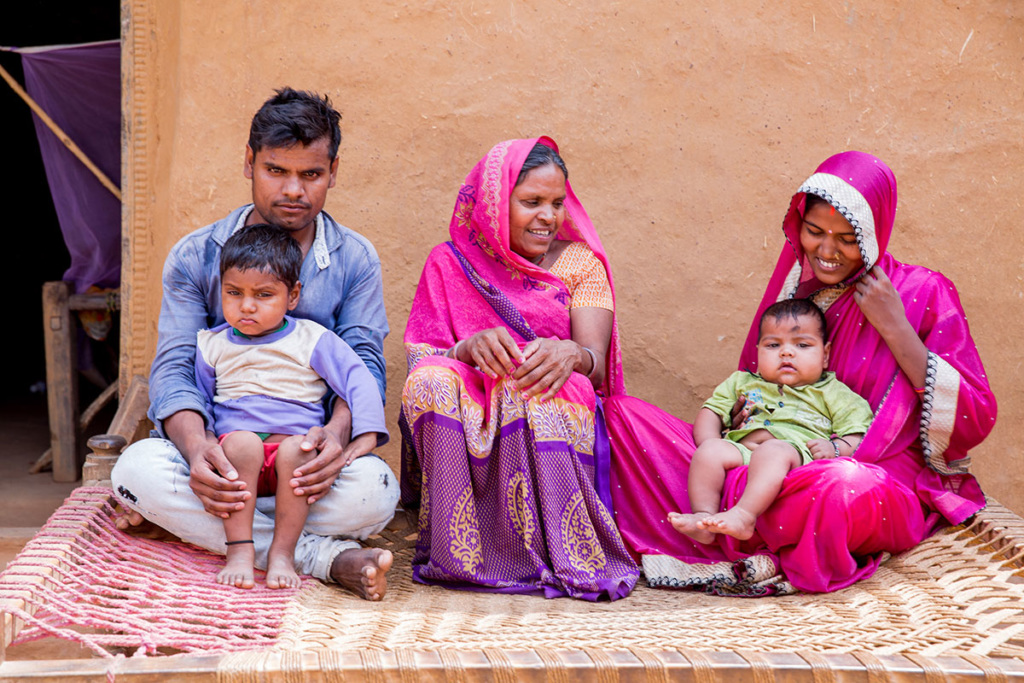
“We have always worked on health issues,” says Payaari. “When I started, so many women were dying in childbirth. I wanted to change that.” The biggest change the women have achieved has been improving the conditions within health facilities—many of which lacked running water. As Payaari explains, “Before, there was only mud on the floors of the clinics. We made sure that there was running water and that women had food and did not have to sleep on the ground.”
As for the men, Payaari agrees—because of interventions like Ek Saath, the level of violence in the community has decreased, while educational attainment for girls has increased. She hopes that the combination of activism, education and male-involvement in the promotion of sexual and reproductive health and rights will lead to even more progress:
“My biggest wish is for the work to be sustainable—that the quality we have been able to achieve will continue even after we are gone.”

We are fighting back against the onslaught of harmful policies that discard reproductive rights.
Stay informed about the issues impacting sexual and reproductive health and rights.
